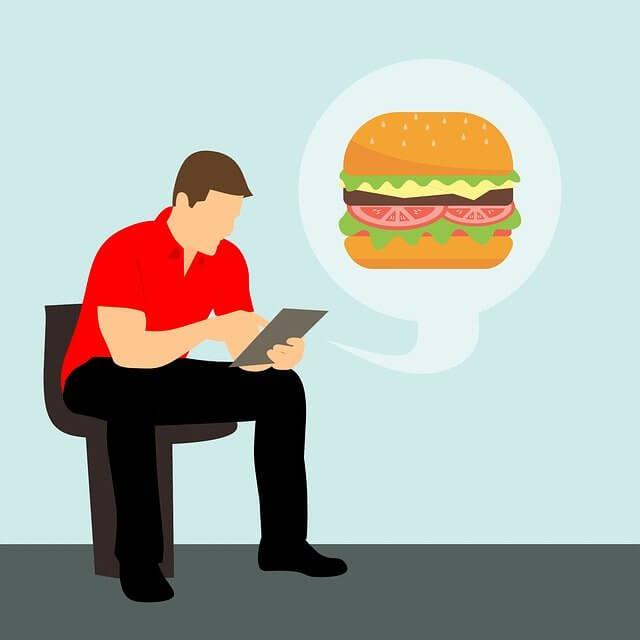
Virtual restaurants, also known as ghost kitchens and cloud kitchens, are restaurants that do not have a storefront and only offer meal delivery options. These restaurants have existed for years but the concept never really caught on. Then the COVID-19 pandemic hit and suddenly ghost kitchens rode on it as conventional eateries closed down and people hunkered down to wait out the crisis. Talk about every cloud packing a silver lining!
Basically, virtual restaurants exist inside mobile apps such as Doordash, Uber Eats, and GrubHub. They are different from traditional eateries as they do not need waiters or dining areas where customers can lace their orders. The only physical aspect of these restaurants is the kitchen. This is where drivers and riders pick up customer orders for delivery.
Virtual restaurants first appeared on the scene in 2013 in New York when Green Summit Group, a start-up, opened a ghost kitchen in New York. Unfortunately, the concept did not gain traction and after burning thousands of dollars a month, the start-up shut down.
In 2017 ex-Uber CEO Travis Kalanick founded CloudKitchens in San Francisco. In 2018, a group of former Uber employees followed suit and started Virtual Kitchen in California to rival Kalanick. Soon, Uber joined in the fray with Uber Eats. The age of virtual restaurants had come.
Though the concept of the virtual restaurant seems new to most people, Chinese restaurants have been making the most of food delivery for years. Actually, the pizza industry revolves around this business concept. However, it was only recently, when technological advancements made it possible to develop apps for delivery-only, that ghost kitchen caught on. Then the coronavirus pandemic popularized the idea.
The Internet Patrol is completely free, and reader-supported. Your tips via CashApp, Venmo, or Paypal are appreciated! Receipts will come from ISIPP.
Virtual kitchens have an enormous advantage over traditional restaurants, as they are able to cut the cost of operations by almost half by eliminating the need for front-of-house staff and dining space. In addition, they make it possible to offer different dishes from the same kitchen and can even be operated from within traditional eateries. All they need is a kitchen and a meal-delivery app. Normally, customers who order food from virtual restaurants have no idea that the restaurant does not exist physically as they get their food delivered to their doorsteps.
Critics of ghost kitchens and meal delivery apps say that virtual restaurants make the food industry impersonal as the chef, waiters, and customers are isolated from each other, and never get to interact. According to Shawn Quaid, a chef who previously worked for a virtual restaurant in Chicago, ghost kitchens and meal delivery apps “take away the emotional connection”. However, the current pandemic has shown that virtual restaurants have their place and are critical in an unpredictable world.
All that said and done, virtual restaurants are here with us, to stay, it seems. And we, for one, are thankful for them.
The Internet Patrol is completely free, and reader-supported. Your tips via CashApp, Venmo, or Paypal are appreciated! Receipts will come from ISIPP.









